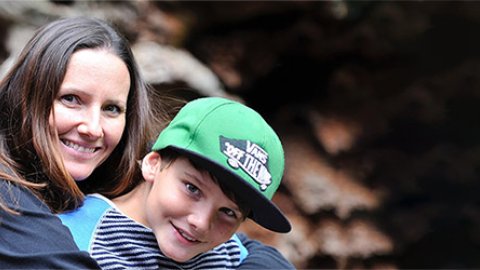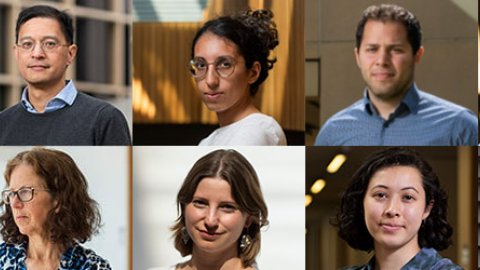16:00
Homology and K-theory for self-similar group actions
Abstract
Self-similar groups are groups of automorphisms of infinite rooted trees obeying a simple but powerful rule. Under this rule, groups with exotic properties can be generated from very basic starting data, most famously the Grigorchuk group which was the first example of a group with intermediate growth.
Nekrashevych introduced a groupoid and a C*-algebra for a self-similar group action on a tree as models for some underlying noncommutative space for the system. Our goal is to compute the K-theory of the C*-algebra and the homology of the groupoid. Our main theorem provides long exact sequences which reduce the problems to group theory. I will demonstrate how to apply this theorem to fully compute homology and K-theory through the example of the Grigorchuk group.
This is joint work with Benjamin Steinberg.





